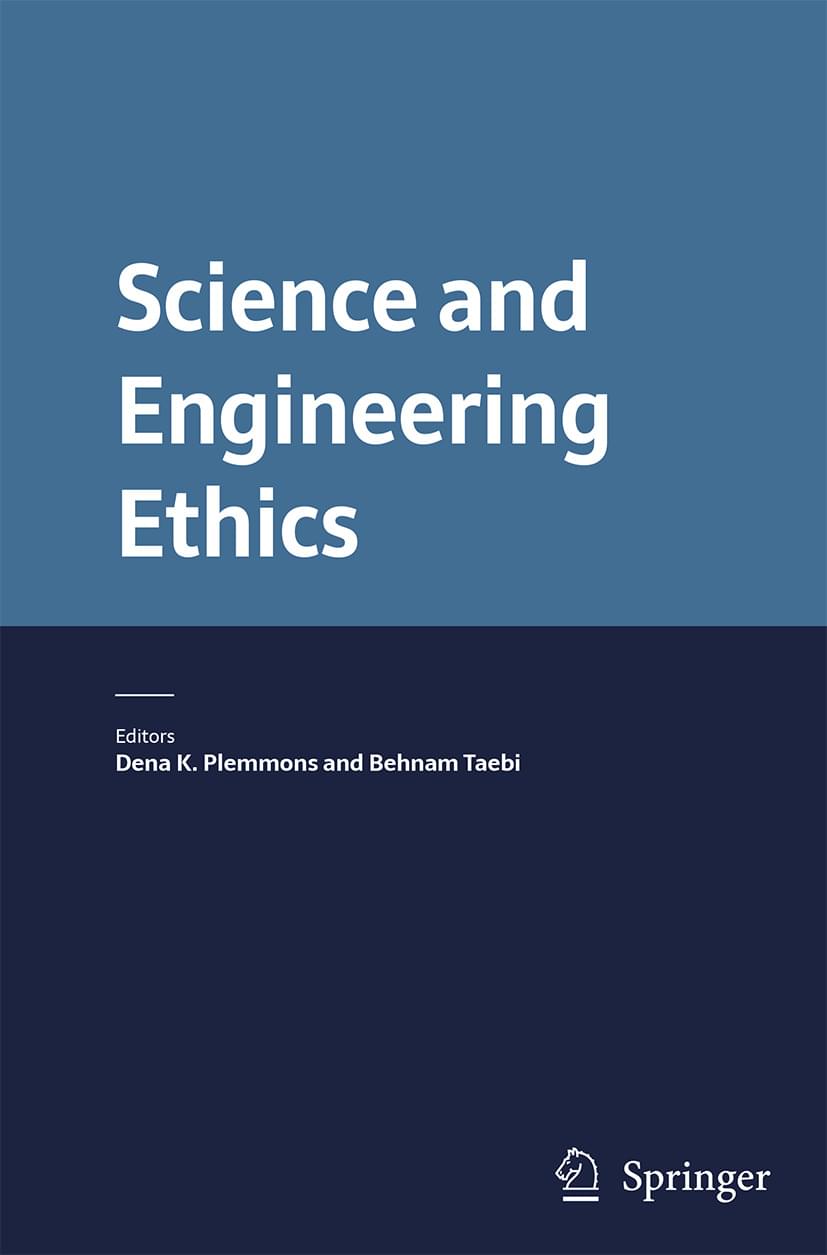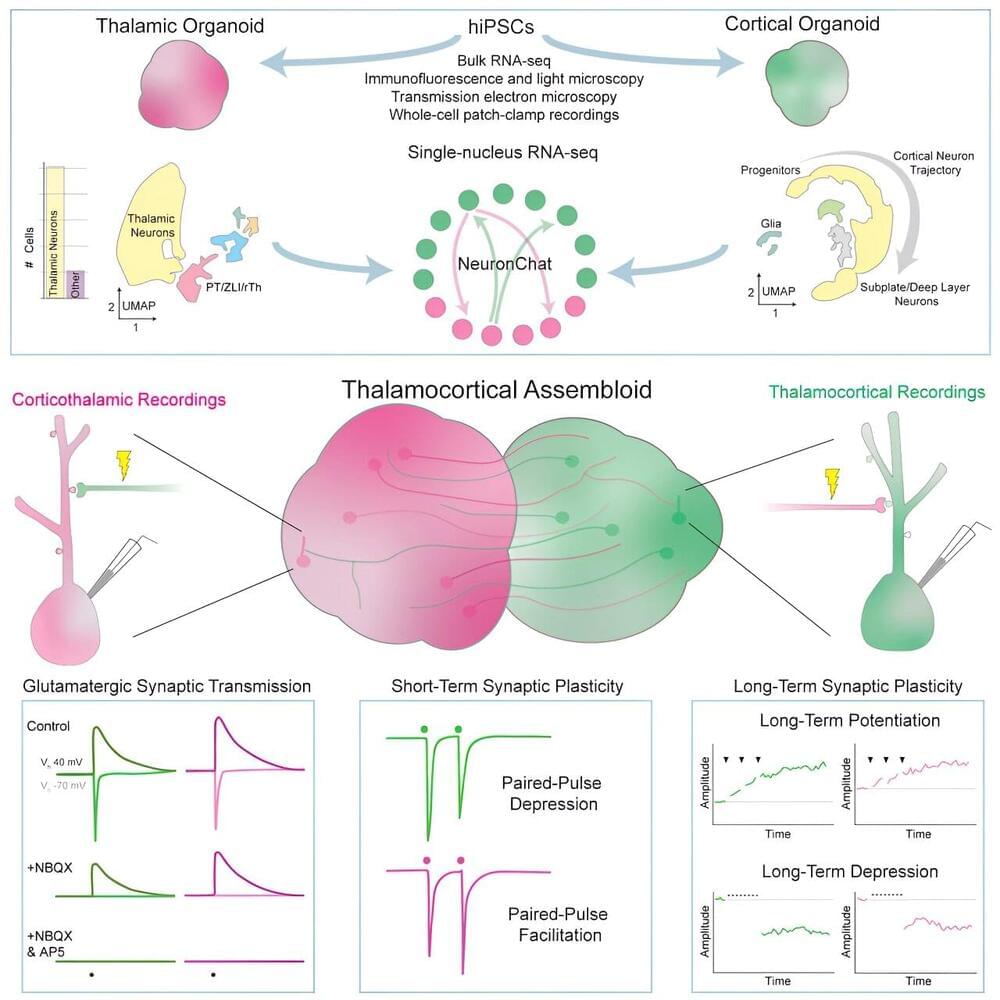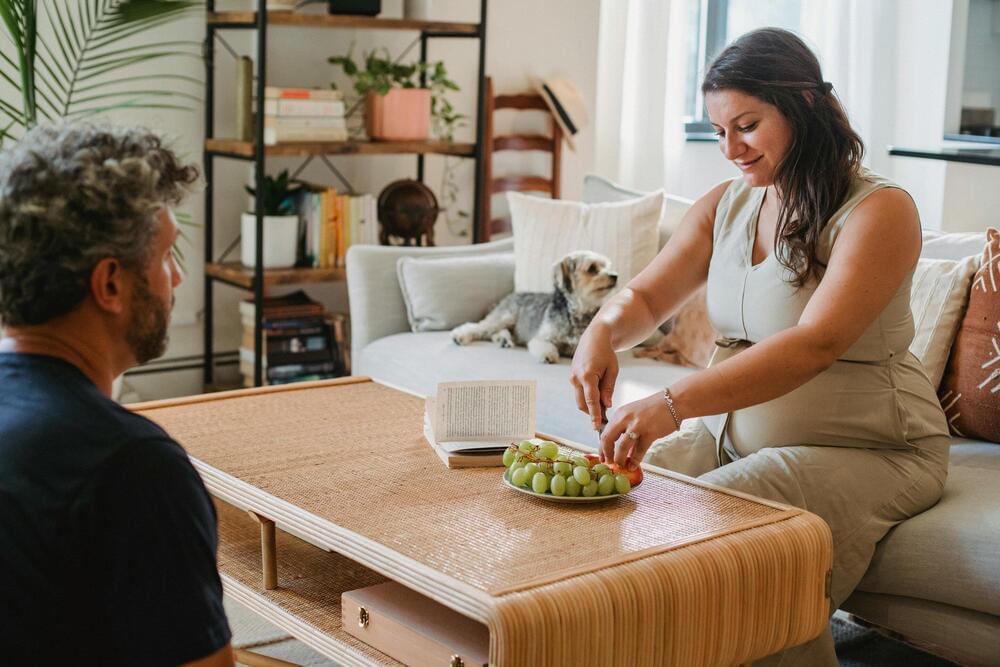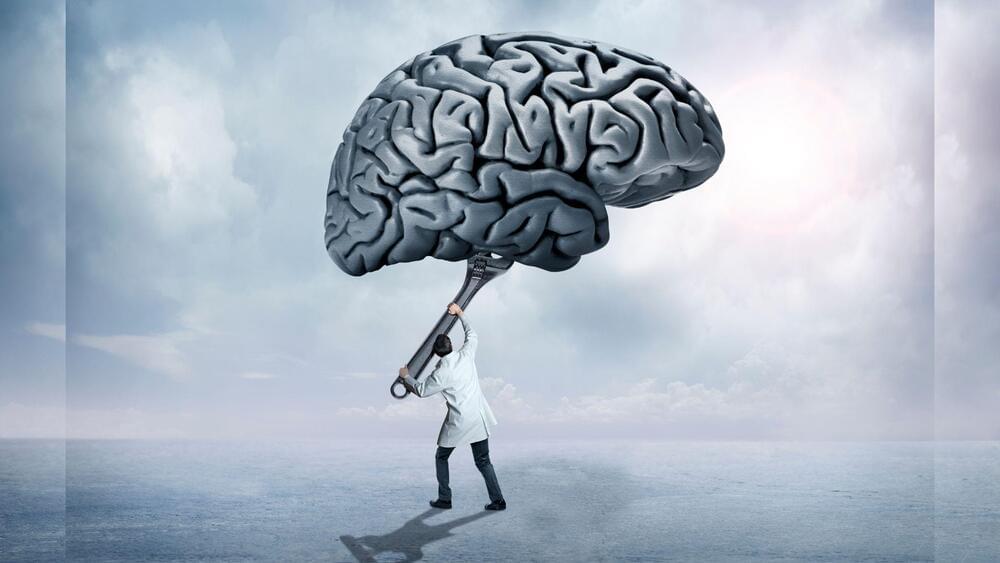Mind to speech tech. Remember. Military is using secret tech. Thats not modern stuff… It only looks like.
Introduction to Brain-Computer Interface Technology.


Is your mind blown yet? It should be.
We might never reach the stage where we could perform such an experiment, but thinking about it raises several interesting questions. Why is what we believe about how the world works inconsistent with quantum mechanics? Is there an objective reality, even on the macroscopic scale? Or is what you see different than what I see? Do we have a choice in what we do?
At least one thing is for sure: We are not seeing the whole picture. Maybe our understanding of quantum mechanics is incomplete, or maybe something changes when we scale it to the macroscopic world. But perhaps our role as conscious observers of the world around us is, indeed, unique.

For the first time, scientists have discovered that a small region of our brain shuts down to take microsecond-long naps while we’re awake. What’s more, these same areas ‘flicker’ awake while we’re asleep. These new findings could offer pivotal insights into neurodevelopmental and neurodegenerative diseases, which are linked to sleep dysregulation.
Scientists from Washington University in St. Louis (WashU) and the University of California Santa Cruz (UCSC) made these findings by accident, noticing how brain waves in one tiny area of the brain shut down suddenly for just milliseconds when we’re awake. And in this same region, those brain waves jolt suddenly, for the same amount of time, when we’re asleep.
“With powerful tools and new computational methods, there’s so much to be gained by challenging our most basic assumptions and revisiting the question of ‘what is a state?’” said Keith Hengen, Assistant Professor of Biology at WashU. “Sleep or wake is the single greatest determinant of your behavior, and then everything else falls out from there. So if we don’t understand what sleep and wake actually are, it seems like we’ve missed the boat.”

The brain, arrives at the claim that it possesses a non-physical, subjective awareness and assigns a high degree of certainty to that extraordinary claim. The theory does not address how the brain might actually possess a non-physical essence. It is not a theory that deals in the non-physical. It is about the computations that cause a machine to make a claim and to assign a high degree of certainty to the claim. The theory is offered as a possible starting point for building artificial consciousness. Given current technology, it should be possible to build a machine that contains a rich internal model of what consciousness is, attributes that property of consciousness to itself and to the people it interacts with, and uses that attribution to make predictions about human behavior. Such a machine would “believe” it is conscious and act like it is conscious, in the same sense that the human machine believes and acts.
This article is part of a special issue on consciousness in humanoid robots. The purpose of this article is to summarize the attention schema theory (AST) of consciousness for those in the engineering or artificial intelligence community who may not have encountered previous papers on the topic, which tended to be in psychology and neuroscience journals. The central claim of this article is that AST is mechanistic, demystifies consciousness and can potentially provide a foundation on which artificial consciousness could be engineered. The theory has been summarized in detail in other articles (e.g., Graziano and Kastner, 2011; Webb and Graziano, 2015) and has been described in depth in a book (Graziano, 2013). The goal here is to briefly introduce the theory to a potentially new audience and to emphasize its possible use for engineering artificial consciousness.
The AST was developed beginning in 2010, drawing on basic research in neuroscience, psychology, and especially on how the brain constructs models of the self (Graziano, 2010, 2013; Graziano and Kastner, 2011; Webb and Graziano, 2015). The main goal of this theory is to explain how the brain, a biological information processor, arrives at the claim that it possesses a non-physical, subjective awareness and assigns a high degree of certainty to that extraordinary claim. The theory does not address how the brain might actually possess a non-physical essence. It is not a theory that deals in the non-physical. It is about the computations that cause a machine to make a claim and to assign a high degree of certainty to the claim. The theory is in the realm of science and engineering.

Human brain organoids are three-dimensional masses of tissues derived from human stem cells that partially recapitulate the characteristics of the human brain. They have promising applications in many fields, from basic research to applied medicine. However, ethical concerns have been raised regarding the use of human brain organoids. These concerns primarily relate to the possibility that brain organoids may become conscious in the future. This possibility is associated with uncertainties about whether and in what sense brain organoids could have consciousness and what the moral significance of that would be. These uncertainties raise further concerns regarding consent from stem cell donors who may not be sufficiently informed to provide valid consent to the use of their donated cells in human brain organoid research.

The ability to study human neurological systems depends on having viable, accurate models of brain function. St. Jude researchers have now created a model for such research by combining thalamic cells and cortical cells derived from human induced pluripotent stem cells.
The thalamocortical system mediates multiple sensory and cognitive processes, such as perception, learning and memory. The researchers developed a model of a primitive human thalamocortical system by maintaining thalamic and cortical cell masses known as organoids in close proximity in a culture dish.
In this model, the neurons in both organoids develop and grow long-ranging processes (axons) that extend to the opposite organoid and form functional connections (synapses). The researchers determined that when these synapses are stimulated, they undergo long-term strengthening and weakening of their electrical signals, which is the hallmark of synaptic plasticity, a process that underlies certain forms of learning and memory.

A small team of public health specialists from the University of Glasgow and the Norwegian Institute of Public Health reports a possible link between some cases of autism and prenatal diet.
In their study, published in JAMA Network Open, the group analyzed information in two large databases of medical information on thousands of mothers and daughters in Norway and England.
Prior research has suggested that there appears to be diet, genetic and environmental factors involved in the development of autism in children while they are still in the womb, though the exact cause is still unknown. For this new study, the research team looked more closely at the role of diet in its development.

Mindfulness training may cause altered states of consciousness, including disembodiment and unity, according to a University of Cambridge study. While often positive, these experiences can sometimes be unsettling. Awareness and open communication about these potential side effects are essential for both teachers and students.
A new study from the University of Cambridge suggests that participants in mindfulness training may undergo altered states of consciousness, experiencing sensations of disembodiment and unity.
The team says that while these experiences can be very positive, that is not always the case. Mindfulness teachers and students need to be aware that they can be a side-effect of training, and students should feel empowered to share their experiences with their teacher or doctor if they have any concerns.

From the article:
Ceyda Sayali, a cognitive neuroscientist at the Center for Psychedelic and Consciousness Research at Johns Hopkins University who was not involved with the study, said she was struck by the images that showed a marked change when participants on psilocybin were asked to answer…
A small new study shows reactions in the brain in people who were given psilocybin in a controlled setting.

Unlocking the brain: how magnetic nanomaterials could transform neuroscience.
Mind-control magnet tech to regulate behavior, emotions, hunger.
Understanding the brain’s intricate networks and functions is a complex challenge.
Using magnetic fields and nanoparticles, researchers were able to increase and decrease feeding behavior and appetite in mice models.